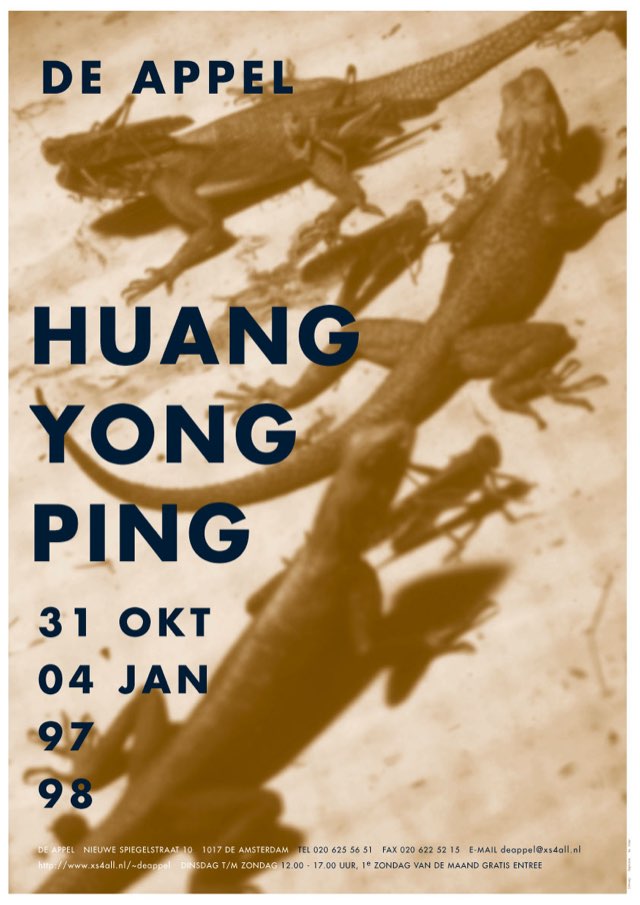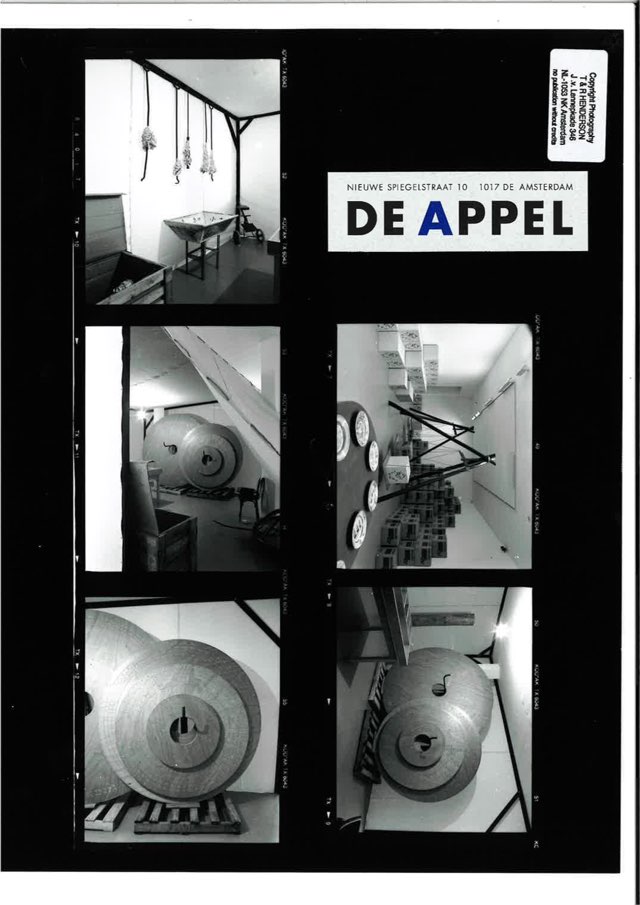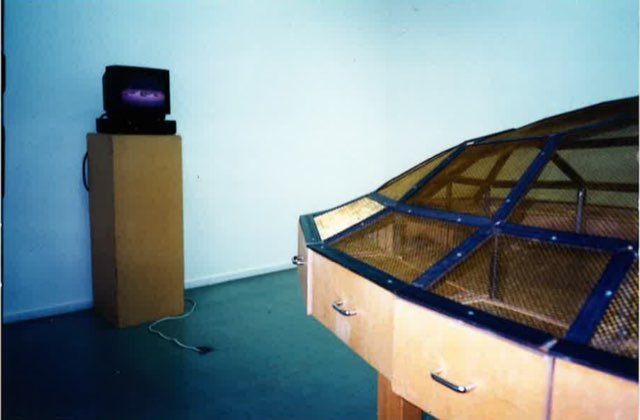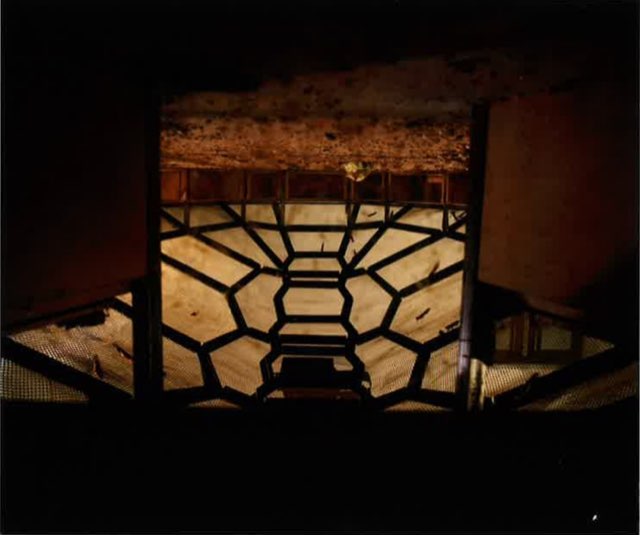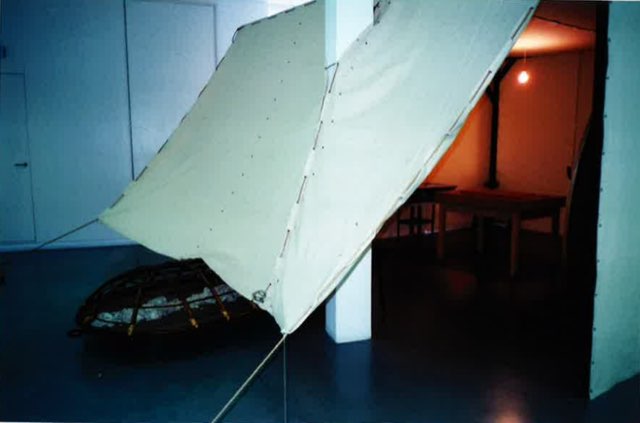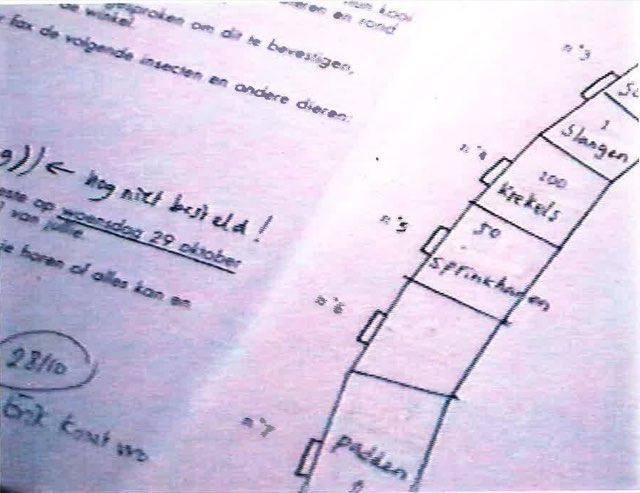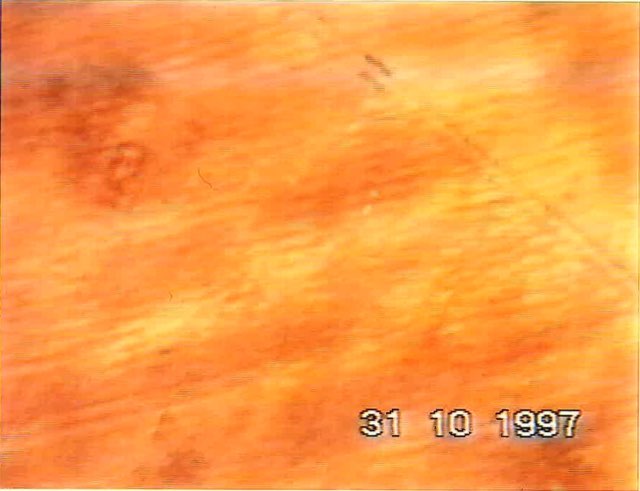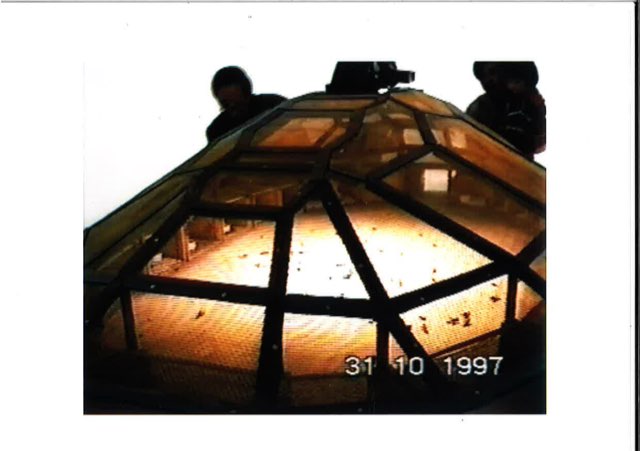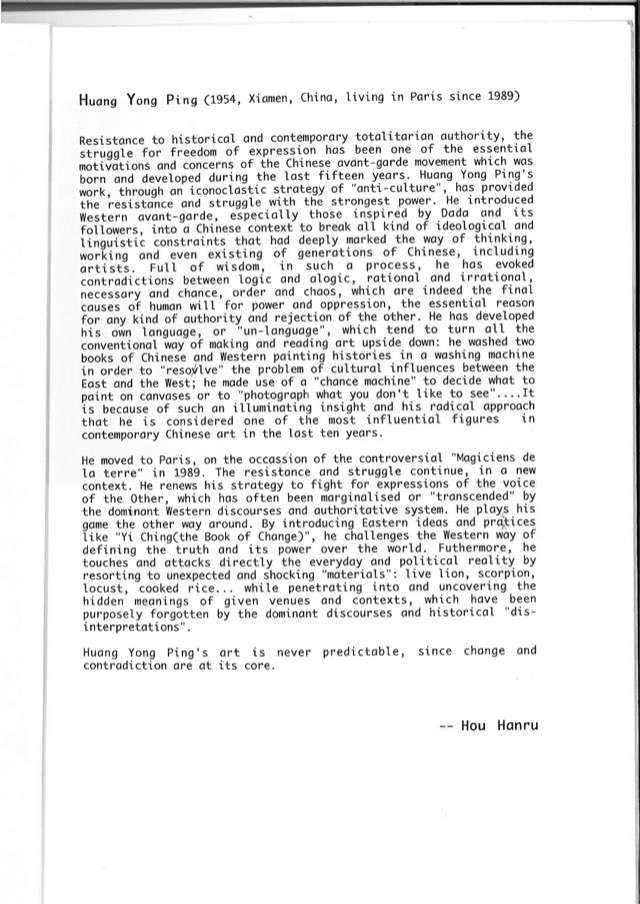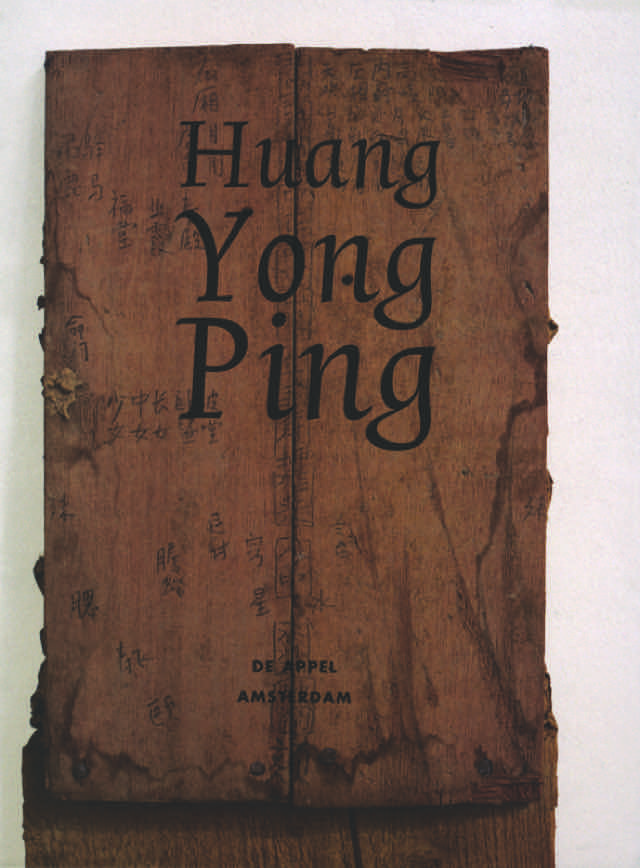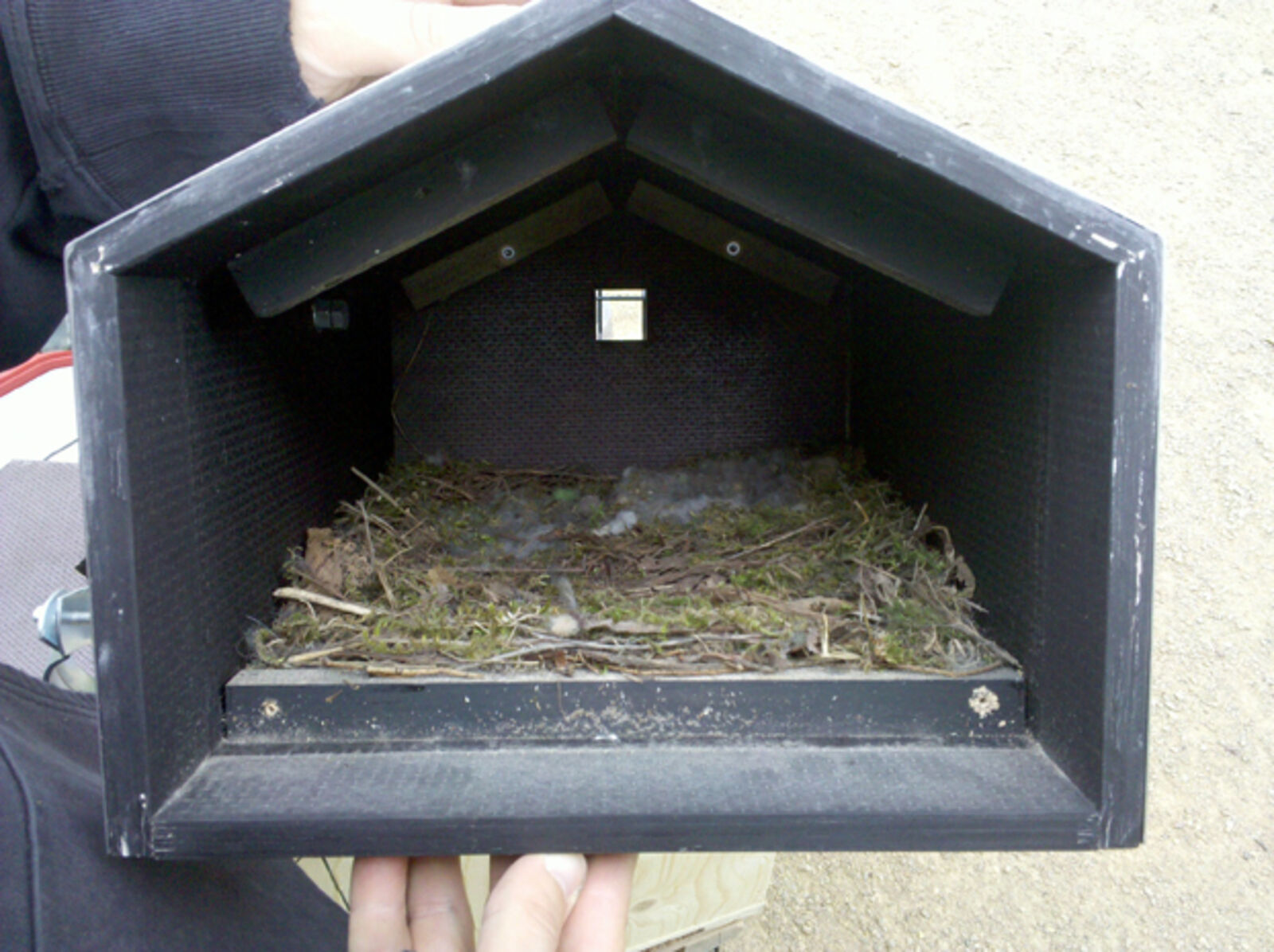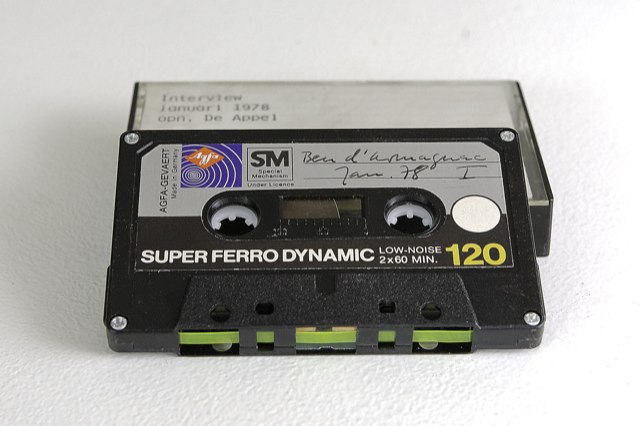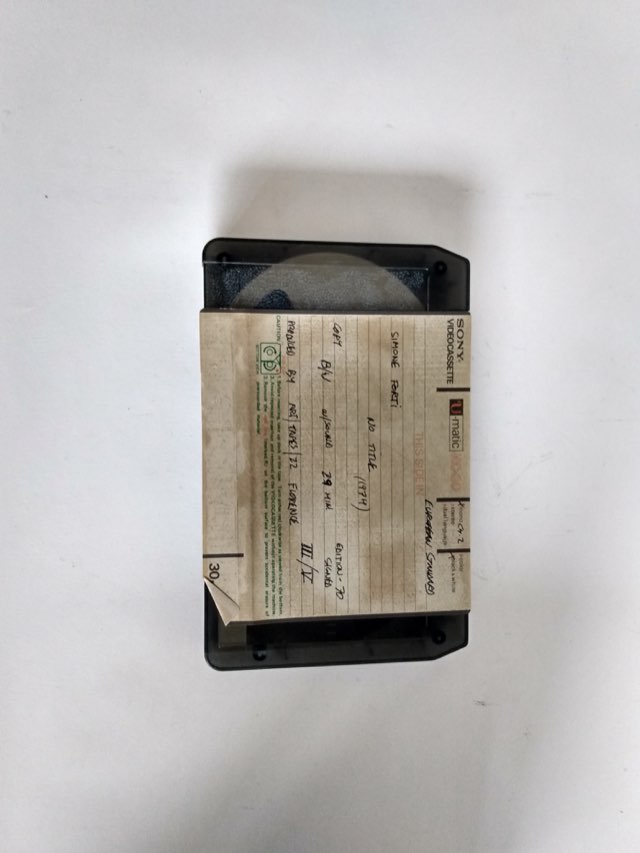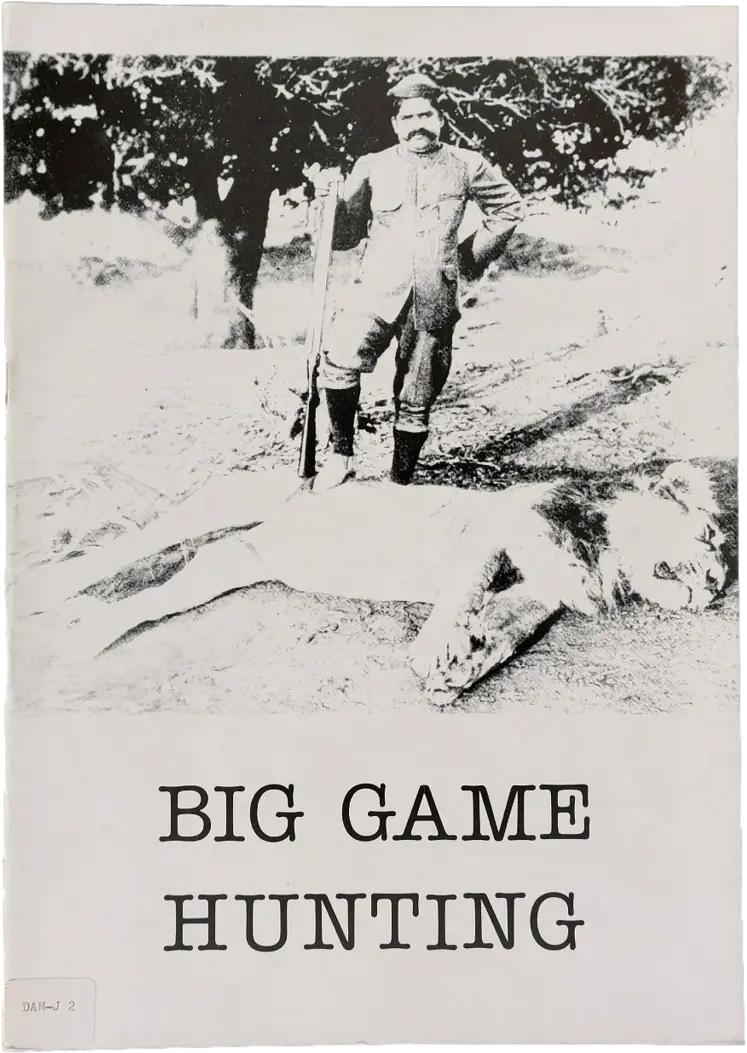Huang Yong Ping "Huang Yong Ping"
de Appel, Nieuwe Spiegelstraat 10, Amsterdam
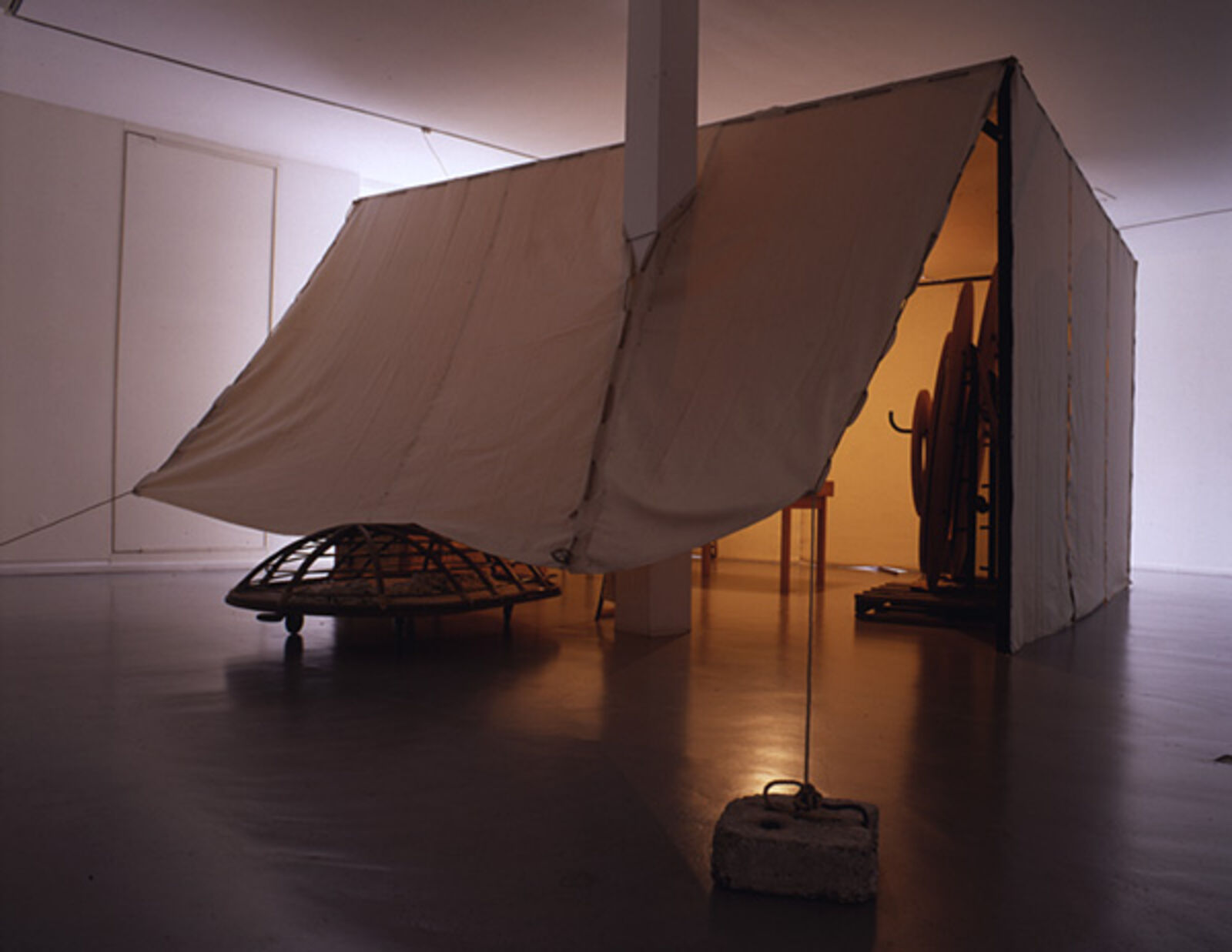
© T & R Henderson, Amsterdam
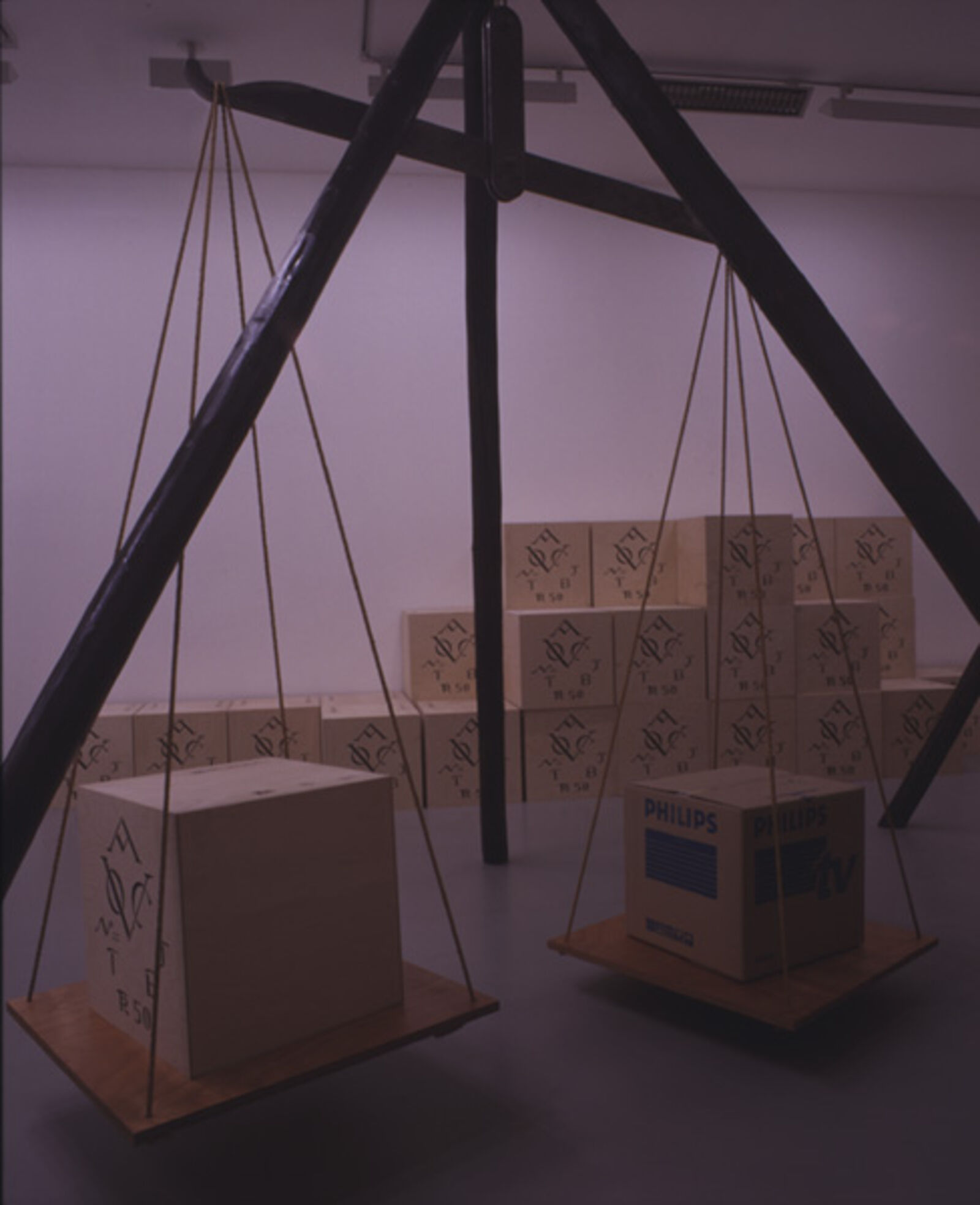
© T & R Henderson, Amsterdam
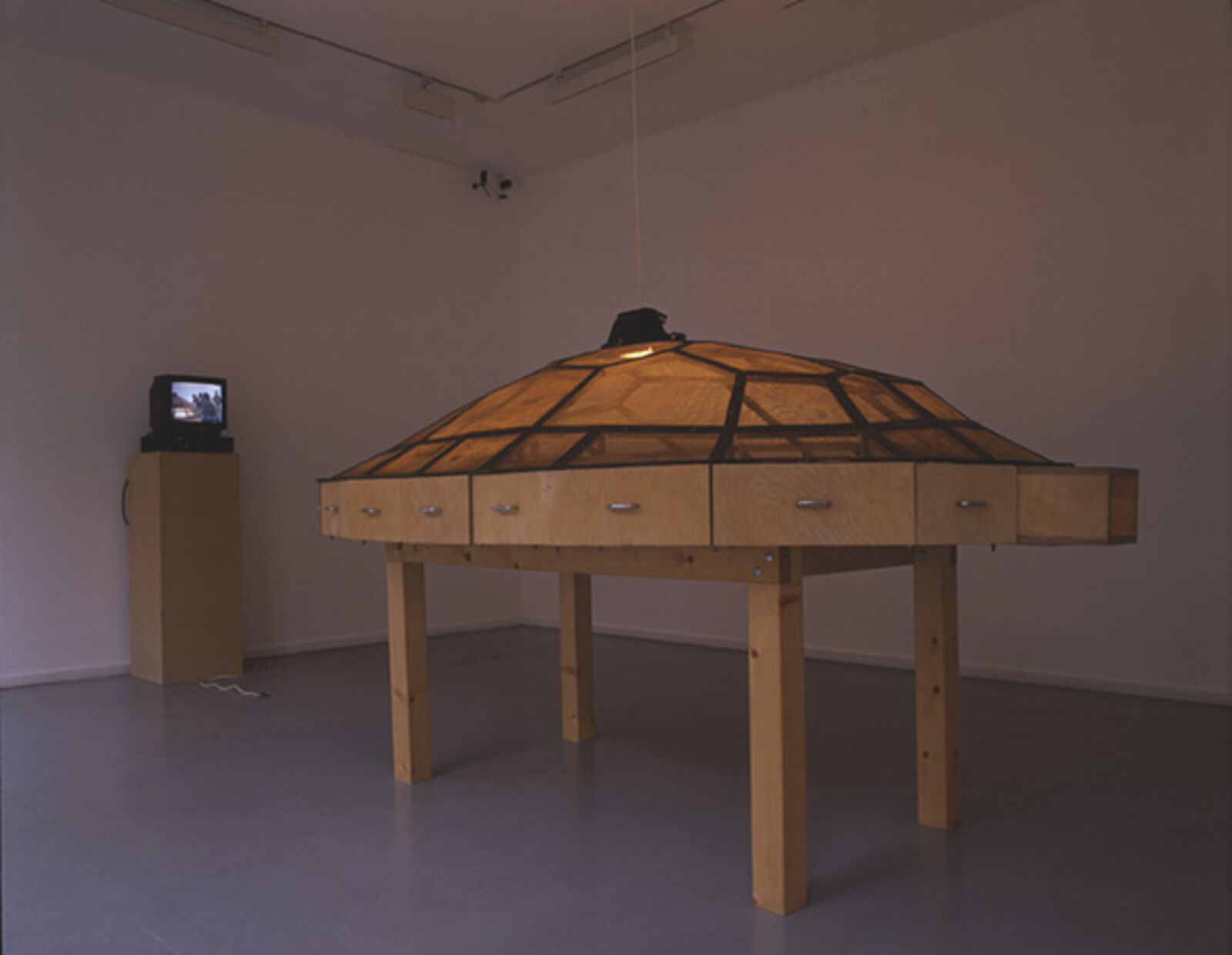
© T & R Henderson, Amsterdam
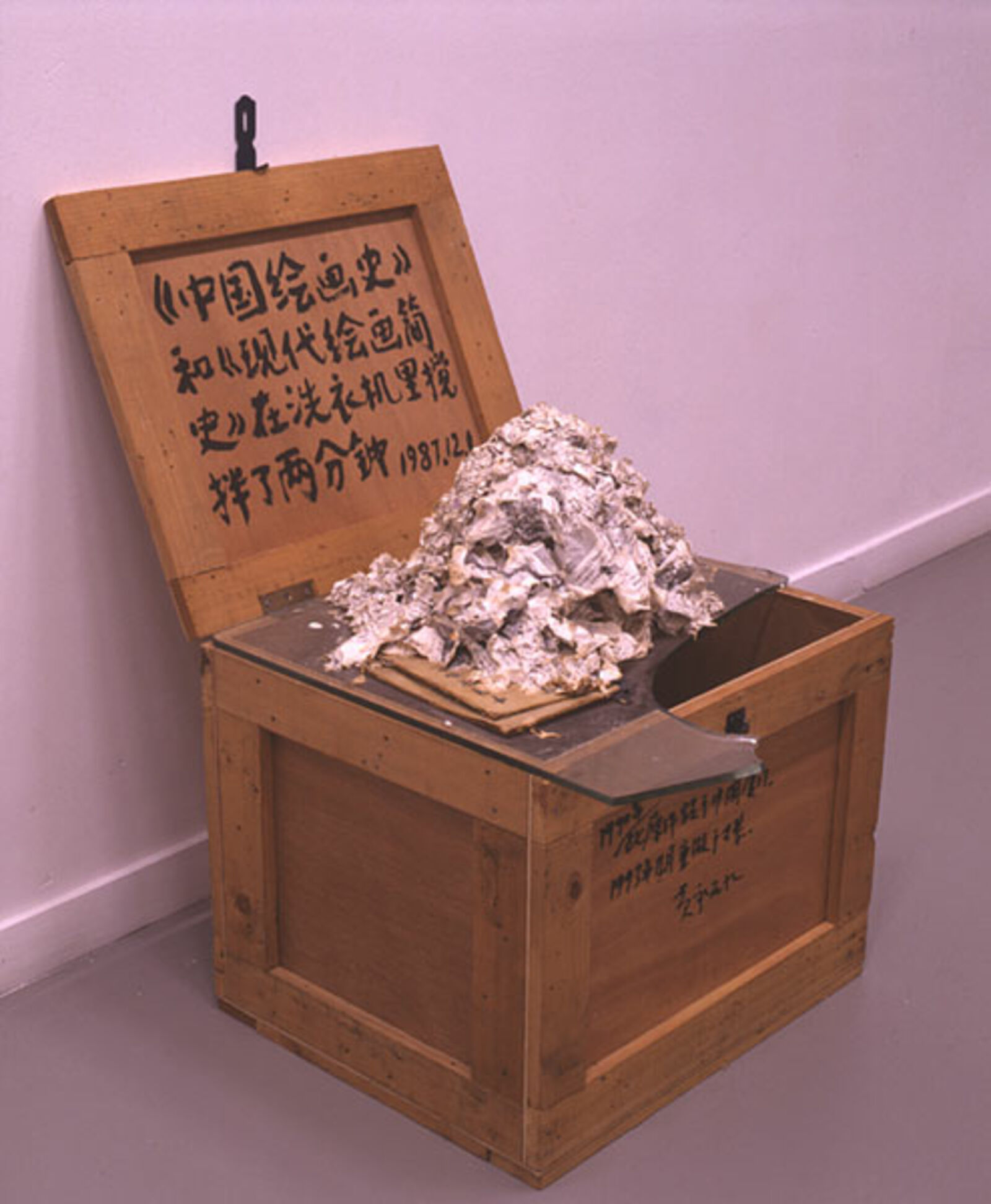
© T & R Henderson, Amsterdam
‘Huang Yong Ping, born in Xiamen (China) in 1954, has been working since 1984 on an intriguing oeuvre in which he exercises enormous freedom creating a mixture of two different cultures. How, for instance, can the execution of a work be left totally to chance? One solution is for the artist to allow himself to be guided by a wheel of fortune mounted on a mobile cart. The wheel visualizes elements from the I Ching, the Book of Changes, as well as some of the standard elements of painted works such as colour, composition, brush stroke, direction and line. In La grande roulette (1987), Huang Yong Ping uses a Chinese approach to place himself in a western tradition that extends from Marcel Duchamp to John Cage and Joseph Beuys. In 1989 he was invited to participate in Magiciens de la Terre, one of the first major exhibitions in which art from third world countries was confronted by art from the west. He also decided to move to Paris, but not willingly; in June of 1989 the Tien An Men Square had been occupied by Chinese students. Politics versus culture - two elements that continue to play an important role in the installations of Huang Yong Ping. De Appel is now proud to present the first overview of his work, covering the years 1986 to 1997. In The history of Chinese art and the history of modern western art washed in a washing machine for two minutes (1987/93) a book is transformed to pulp under a ritualistic and electric application of water. This installation shows both a fascination with written sources and a belief in the power of the immaterial. The work looks temptingly exotic, but it could just as easily have been based on a western concept of deconstruction and reconstruction. More and more Chinese elements have been reappearing in his work in recent years, one example being the frequent use of live insects. He has created a specially designed cage - a kind of theatre - in which they play a metaphoric role. The scorpion refers to power, the grasshopper to the Yellow Peril, the cage to the social system in which people live, the bridge to a snake, harmony and utopia. But don't expect any simply interpretations in the work of Huang Yong Ping. In the Chinese language, for instance, the word 'metaphor' is formed by two characters: Yu (to unveil) and Ying (to keep secret). With this paradox in mind, we may also learn how to approach such concepts as East and West, I and the Other.’ (Press release De Appel) Catalogue: Huang Yong Ping, 1998. Text Hou Hanru, Evelyne Jouanno. Dutch & English. Bio- & bibliography incl. 80 pp. 21 f.c. 13 b.w. 17.5 x 23 cm. Hardcover. Design Irma Boom. Best Book Design Award 1999. ISBN 90 73501 38 5. € 16,-.
